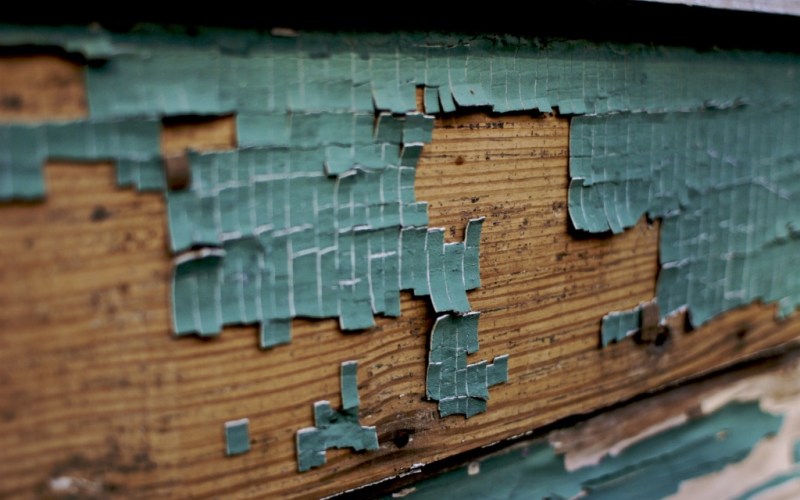
LEAD IN DUST (WIPES), SOILS, AND PAINT CHIPS
Click HERE for information regarding CPSIA lead testing for toys and children’s products
TTL Laboratories is an ISO 17025-accredited laboratory, which is recognized by the EPA under the NLLAP program. Any federal Lead-Based Paint Activity program, operated by the EPA, must use an NLLAP-recognized laboratory to analyze paint chips, dust or soil samples for lead. Such activities may include risk assessments, lead hazard screening and/or clearances following lead abatement practices.
Lead paint and lead-contaminated dust are the most common sources of lead exposure for children in the United States. Lead also occurs naturally in soils at low levels (typically 10 to 50 mg/kg,) however, the use of lead paints and leaded gasoline throughout much of the 1900s, as well as industrial sources of lead, has contributed to lead contamination in soils, especially in urban environments. As an example, lead paint which has chipped or peeled from a home, into the surrounding soil, can contain high levels of lead (as much as 10,000 mg/kg). Lead in soil is persistent and does not dissipate over time. As a result, lead can pose a risk to those who may come in contact with it, particularly from hand-to-mouth contact by children and others, and can be tracked into homes on shoes, for example. Cleanup projects using federal funds must meet the EPA standard for lead in soil:
• Play Areas: 400 ppm by weight
• Non-Play Areas: 1200 ppm by weight
For lead in dust samples, as of January 6, 2020, lead is considered to be a hazard if the concentration is equal to or greater than 10 µg/ft2 on floors and 100 µg/ft2 on window sills. Paint deteriorating on friction or impact surfaces, or certain chewable surfaces, such as windowsills, are also considered to be hazards.
TTL Laboratories uses the following analytical methods to determine total lead content:
• EPA 200.7
• EPA 3050B
• EPA 6010C
• EPA 6020A
